Bentley Continental GT

Revolution is expensive and not always strictly necessary. The spate of automotive brand buying, bolstering and reinvention that characterised the British car industry in the late 1990s and turn of the century saw a flurry of design archaeology, as the new stewards of old marques cast about for ways of making their wards profitable and contemporary, without losing the elements of heritage and history that defined them.
Bentley, with the mighty VW Group at the helm, came up trumps first time with the Continental GT, an automotive balancing act that swathed high technology with a thick veneer of craft and tradition.
For a two ton machine, the GT was unfeasibly rapid. The styling managed to reference classic British coachbuilding and fastback Italian grand tourers without being especially retro and the interior was, without question, a very fine place to be.
People don’t buy Bentleys to shout from the rooftops. If they must err on the side of ostentation, plenty of after-market companies exist to jazz up the basic package. Perhaps mindful of these outfits, which inevitably result in a taste bypass, Bentley has spent the past few years diversifying the basic product with a series of special editions and sport-focused models, without ever losing sight of the qualities that made the GT so popular in the first place.
Now the GT has been overhauled with a broad set of design and engineering revisions to take it deep into the decade. However, at first glimpse, the series two GT does a very passable impression of its forebear. This is intentional. Short of parking each model beside one another, the new styling job is so calm, evolutionary and understated that only those with an acute talent at spot the difference could tell them apart. Bentley’s reasoning is that since the GT is now ensconced as an icon, why mess with the fundamentals? It’s a strategy practised by Porsche and, to a certain extent, by Aston Martin. Specialist car-makers, with their compact product line-ups and loyal customers, are always mindful of straying too far from the values that made their name.
The new GT is not only familiar from the outside, but for the driver, with the same solid, leather-lined cabin and chunky controls. Although it's a sizeable machine and doesn't ever really seem to shrink around you once you're underway, the W12 engine makes progress swift and effortless. Bentley has tried hard to lighten the bulk, using new materials and paring back on the weightier elements, but this is still an old school bruiser. We spent many days and several hundred miles with the Mark I GT and don’t remember it being quite as thirsty as this (although soaring fuel prices can't have helped).
Despite all this, the GT still has a brutish charm, the automotive equivalent of a vast, wrist-dominating chronometer. Park the new GT next to a conventional saloon car and the giant wheels and sculpted bodywork make it look more like an escaped steam train than a piece of automotive sculpture. Whichever way you look at it, GT MkII is a little less discrete than before. For those who still believe in Bentleys that don't shout from the rooftops, the revised Flying Spur saloon will break cover later in year. Sharing components with the GT, the next generation Spur promises to iron out some of the design kinks of the original. Even more exciting is the promise of a V8-powered GT, a lighter, more economical machine that could mark the beginning of the end for the era of the 12-cylinder supercar. For now, the Continental GT still reigns supreme.
Receive our daily digest of inspiration, escapism and design stories from around the world direct to your inbox.
(originally published 7 March 2011)
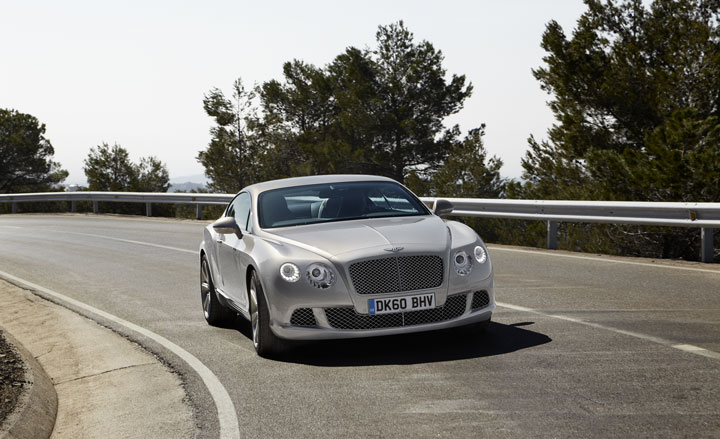
For a two ton machine, the GT is unfeasibly rapid

The styling managed to reference classic British coachbuilding and fastback Italian grand tourers without being especially retro

The new styling job is so calm, evolutionary and understated that only those with an acute talent at spot the difference could tell it apart from earlier models
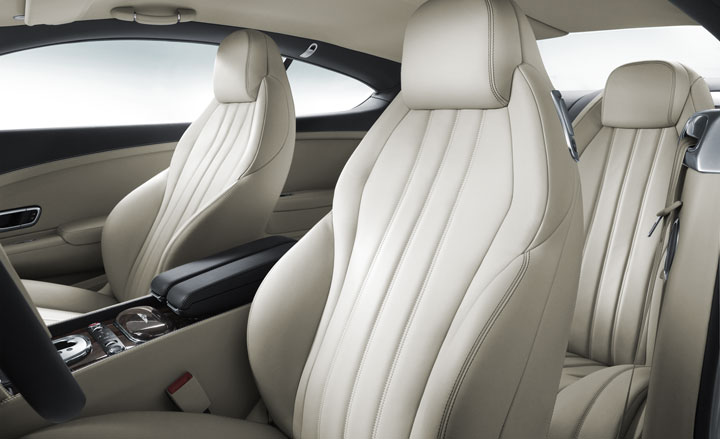
The new GT is not only familiar from the outside, but the interior has the same solid, leather-lined cabin
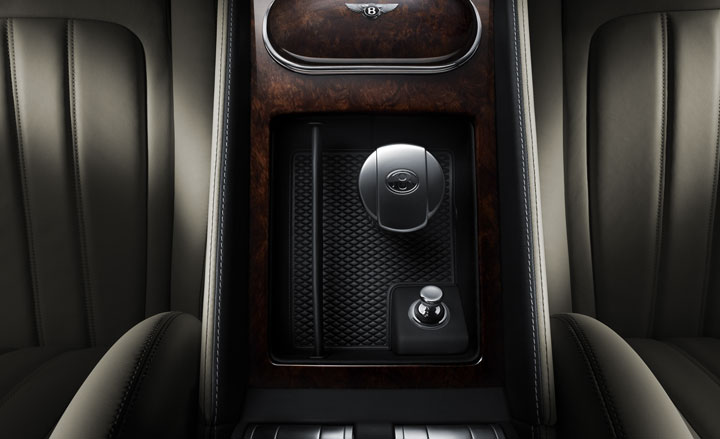
..and chunky controls
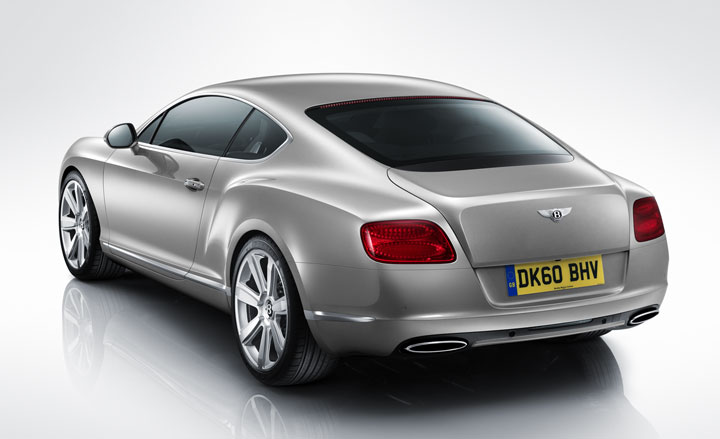
Bentley has tried hard to lighten the bulk, using new materials and paring back on the weightier elements, but this is still an old school bruiser.
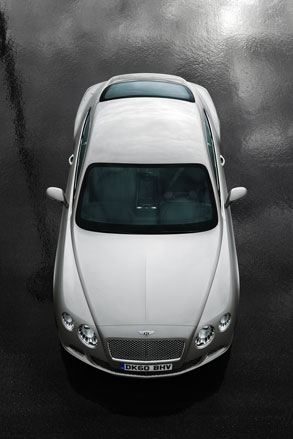
Park the new GT next to a conventional saloon car and the giant wheels and sculpted bodywork make it look more like an escaped steam train than a piece of automotive sculpture
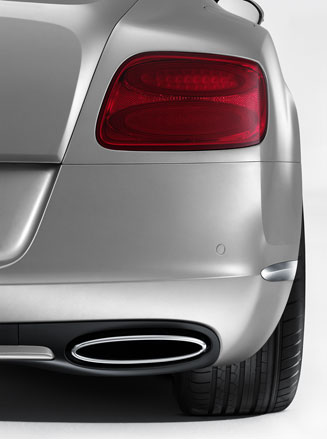
Beefy rear lights mirror the exhaust

...and round front lights have remained the same
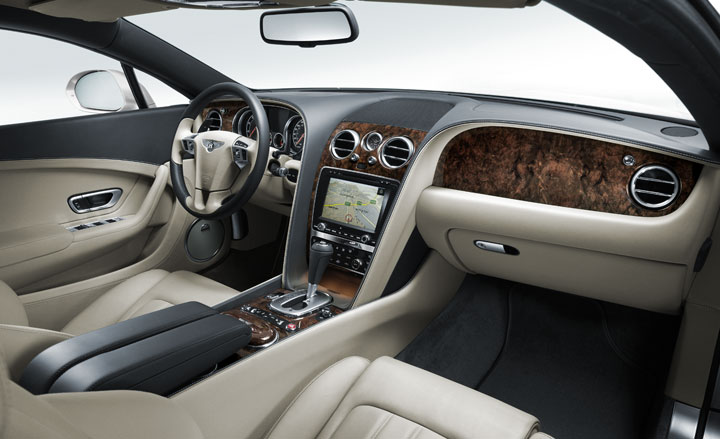
The brutish charm of the Bentley interior remains intact

The touchscreen 3D computer system
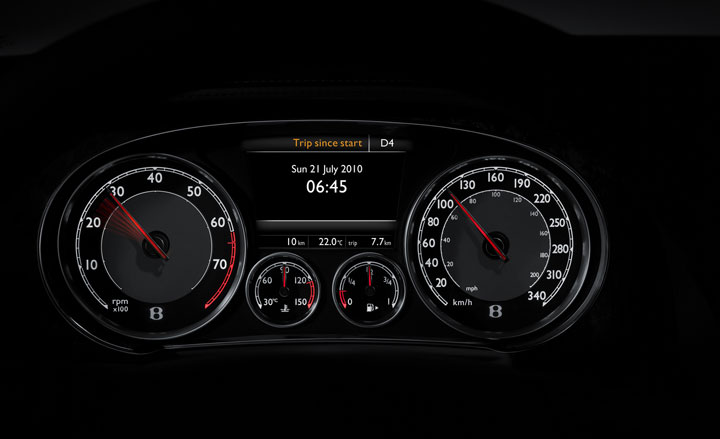
The clear and old school dashboard
Jonathan Bell has written for Wallpaper* magazine since 1999, covering everything from architecture and transport design to books, tech and graphic design. He is now the magazine’s Transport and Technology Editor. Jonathan has written and edited 15 books, including Concept Car Design, 21st Century House, and The New Modern House. He is also the host of Wallpaper’s first podcast.
-
 How Ichio Matsuzawa designed the almost-invisible bar defining Art Week Tokyo 2025
How Ichio Matsuzawa designed the almost-invisible bar defining Art Week Tokyo 2025During the art fair’s latest instalment, Wallpaper* met the Japanese architect to explore architecture as sensation, not structure
-
 The story behind rebellious New York fashion label-cum-art collective, Women’s History Museum
The story behind rebellious New York fashion label-cum-art collective, Women’s History MuseumMattie Barringer and Amanda McGowan’s multidisciplinary label has been challenging fashion’s status quo for the past decade. As they open a new exhibition at Amant, Brooklyn, the pair sit down with Wallpaper* to discuss their provocative approach
-
 Mark+Fold Turns 10 with first Shoreditch pop-up
Mark+Fold Turns 10 with first Shoreditch pop-upBritish stationery brand Mark+Fold celebrates ten years in business with a Brick Lane pop-up featuring new products, small-batch editions and conversations with creatives
-
 Bentley beefs up its range with new hybrid options, power hikes and bolder design
Bentley beefs up its range with new hybrid options, power hikes and bolder designMontana served up a backdrop of natural wonders in which to experience the latest nips and tucks to Bentley’s mainstay range, the Continental GT, Continental GT Convertible and Flying Spur
-
 It’s big, bold and loud without a battery in sight. Meet the new Bentley Bentayga Speed
It’s big, bold and loud without a battery in sight. Meet the new Bentley Bentayga SpeedWe kick up dust in the new V8-powered Bentayga Speed as Bentley brings its luxury SUV challenger to the Big Sky State
-
 Wallpaper* takes the wheel of the Bentley Blower Jnr for a rich automotive experience
Wallpaper* takes the wheel of the Bentley Blower Jnr for a rich automotive experienceHedley Studios has shrunk the mighty Bentley Blower into this all-electric, road-legal barnstormer. We take it to the streets of London
-
 Bentley collaborates with fashion designer Supriya Lele to create ‘Nīla Blue’
Bentley collaborates with fashion designer Supriya Lele to create ‘Nīla Blue’This one-off Bentley Bentayga S showcases a new paint and interior specification created with Indian-British designer Supriya Lele
-
 The new Bentley Continental GT Speed surpasses its top-ranking predecessor
The new Bentley Continental GT Speed surpasses its top-ranking predecessorHigh in the Alps behind the wheel of a brand new hybrid Bentley, we reflect on what it takes to make a modern supercar
-
 Bentley describes the updated hybrid Flying Spur Speed as a four-door supercar
Bentley describes the updated hybrid Flying Spur Speed as a four-door supercarThe latest version of the Bentley Flying Spur is a technological showcase and an outstanding performer
-
 Bentley rolls out the latest version of its majestic grand tourer, the Continental GT Speed
Bentley rolls out the latest version of its majestic grand tourer, the Continental GT SpeedAvailable as both coupé and convertible, the fourth generation Bentley Continental GT Speed harnesses hybrid power to become a record breaker for the brand
-
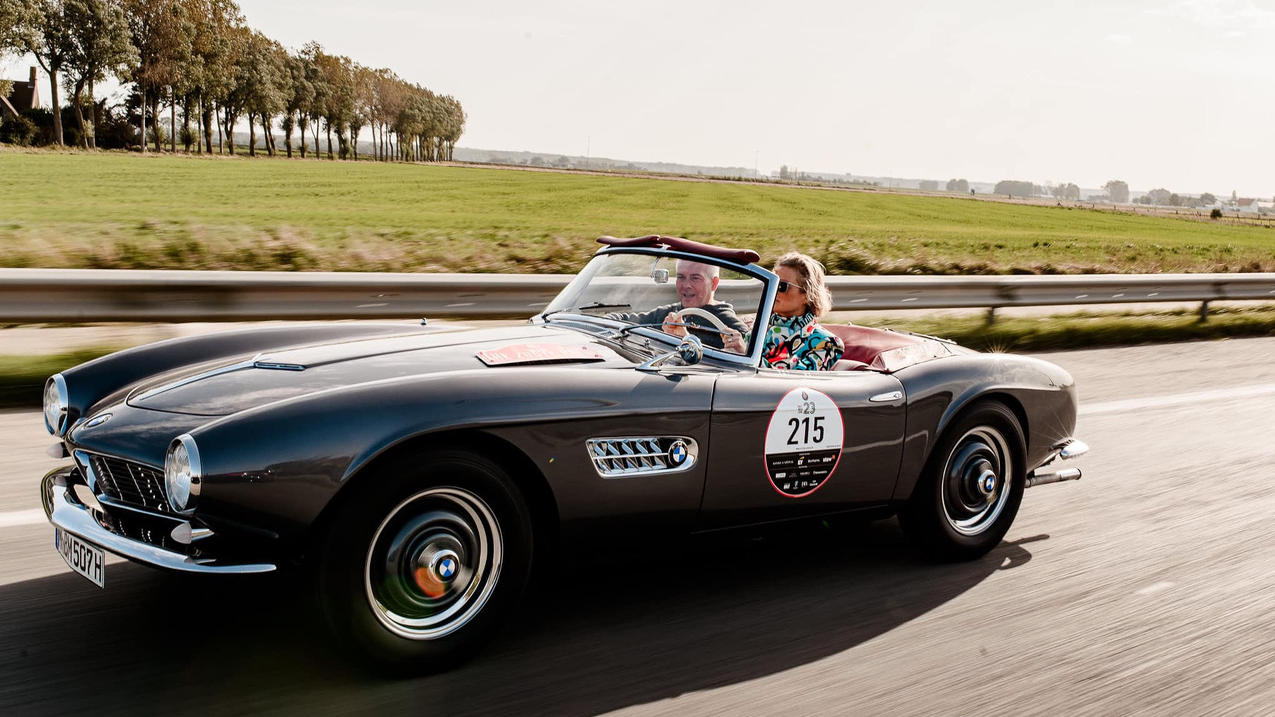 Zoute Grand Prix is a car fest like no other at a pristine Belgian beachside town
Zoute Grand Prix is a car fest like no other at a pristine Belgian beachside townAmy Serafin takes to the well-heeled streets of Knokke-Heist to experience the Zoute Grand Prix, its annual cavalcade of classic car-related events, from a rally to an auction